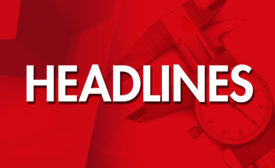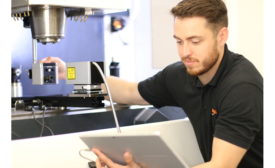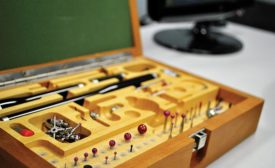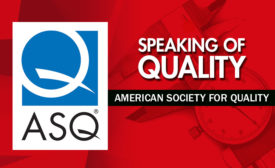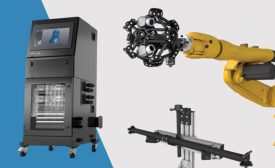Home » calibration
Articles Tagged with ''calibration''
Understanding Calibration Reports
Read them—don’t simply check for red flags.
June 8, 2018
Selecting the Right Calibration System
A calibration expert offers some suggestions.
May 9, 2018
Calibration Considerations
Consider these factors before using the internal calibration feature on your device.
April 9, 2018
Stay in the know with Quality’s comprehensive coverage of
the manufacturing and metrology industries.
eNewsletter | Website | eMagazine
JOIN TODAY!Copyright ©2024. All Rights Reserved BNP Media.
Design, CMS, Hosting & Web Development :: ePublishing
